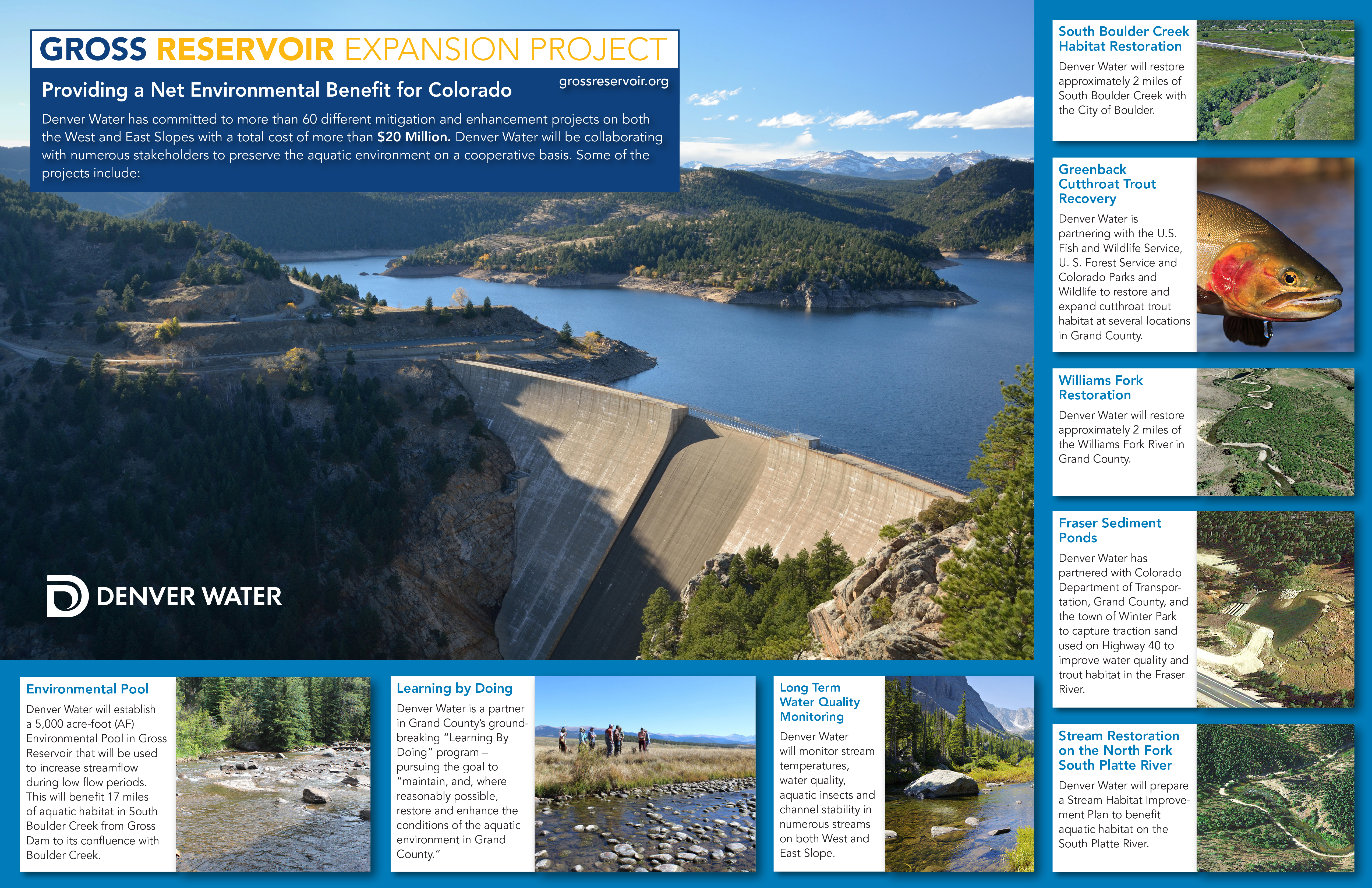
Long time coming: Reflections on the Gross Dam expansion
It sounds like a cliché, but that old saying attributed to Benjamin Franklin — “By failing to prepare, you are preparing to fail” — stuck with me as a young professional when I first heard it 14 years ago.
The year was 2003.
The year of the space shuttle Columbia disaster. The invasion of Iraq. Mapping the human genome. Concorde’s last flight. And we were all introduced to a loveable animated fish with a floundering flipper, Nemo.
At the time, I was an intern on Denver’s $1.67 billion Transportation Expansion (T-REX) Project, and folks at Denver Water were still reeling from the devastating drought that began in 2002.
Remarkably, Denver Water’s planning department had predicted a water shortage way back in 1997, and the drought confirmed their worst fears.
If it hadn’t been for Mother Nature saving us with the famous 2003 March blizzard — thanks Ma! — we likely would have run out of water on the north end of our water system.
Some say that 2003 was the unofficial start of the Gross Reservoir Expansion Project (then known as the Moffat Collection System Project) just approved by the Army Corps of Engineers. But the history goes back much further.
In the early 1950s, Denver Water planners and engineers laid the foundation — literally and figuratively — for the expansion project.
The original design had planned for two separate expansions to increase the available storage in Gross Reservoir based on future need; the current plan calls for this to be accomplished in one construction project.
It took quite an effort to reach this point.
The environmental impact study on the area took six years to reach the draft stage.
From 2009 to 2012, we worked on the U.S. Fish and Wildlife Mitigation Plan.
In 2012, we released the Environmental Impact Statement, and the following year we — along with other water interests and stakeholders from both sides of the Continental Divide — signed the Colorado River Cooperative Agreement, which resolved many outstanding legal issues and removed barriers to further plans for an expanded Gross Reservoir.
Some might say the lengthy federal environmental review process was cumbersome, but the detailed planning resulted in a better overall project — and some key benefits to our state.
Among them:
- Denver Water will continue to provide millions of dollars in environmental mitigation and enhancements that are already improving watershed health in the critical Colorado and South Platte river basins.
- During the past 14 years, stakeholder groups from across the state came together and made various agreements and commitments that will allow the project — according to the state of Colorado — to have a net environmental benefit.
The project was endorsed by former Gov. John Hickenlooper, state and federal lawmakers, major environmental groups, local mayors and city councils, chambers of commerce and economic development corporations, county elected officials and water interests on both sides of the divide.
So no matter when you start the clock, the success of the Gross Reservoir expansion is rooted in the many years of detailed planning. We hope our customers, the environment — and even Ben Franklin — would be proud.

